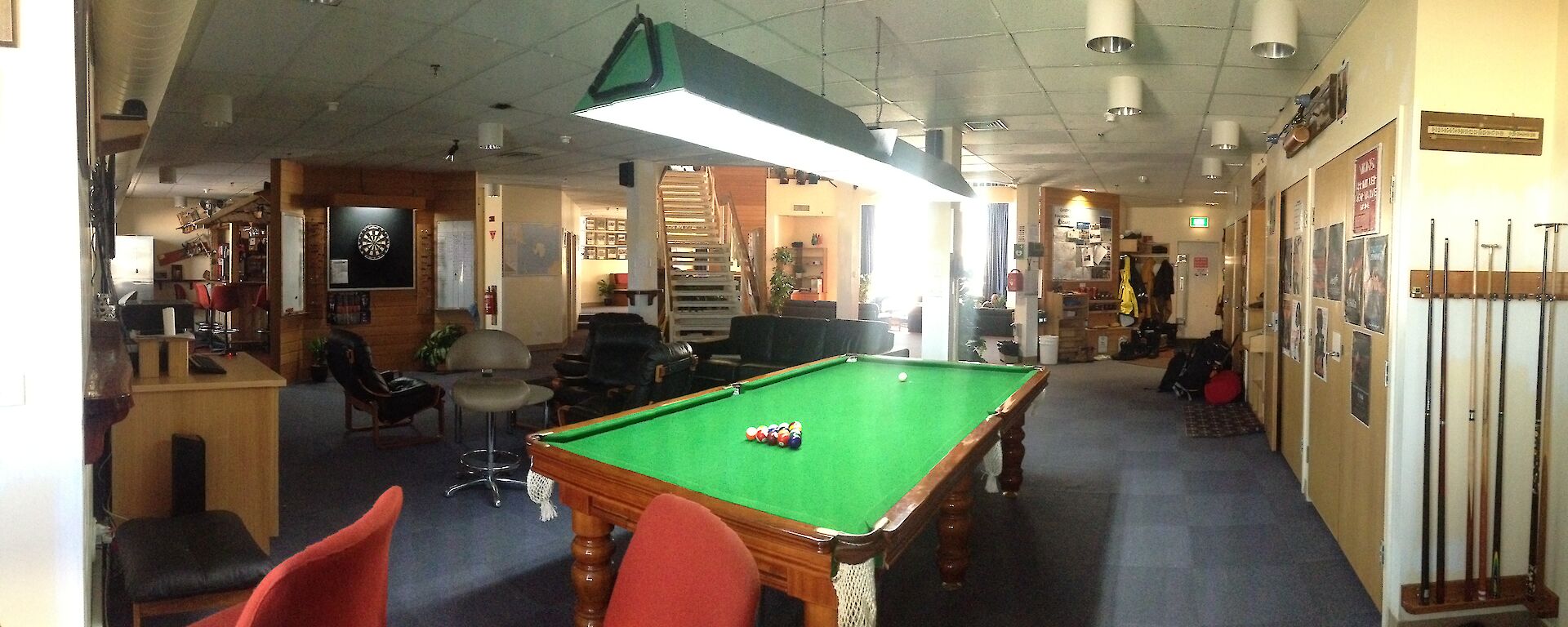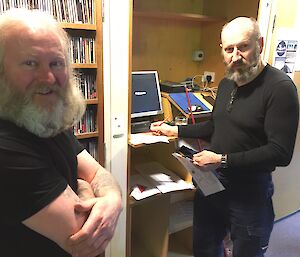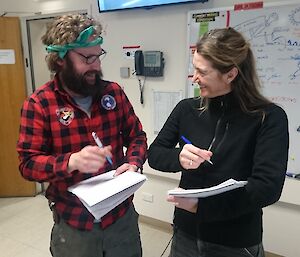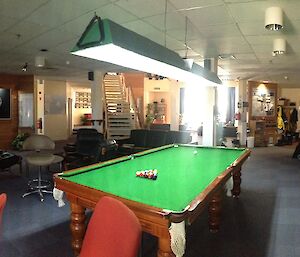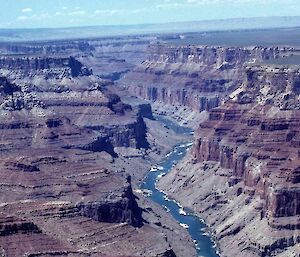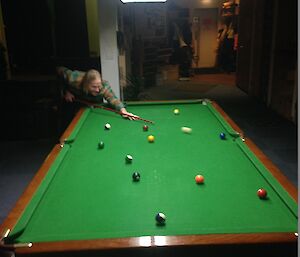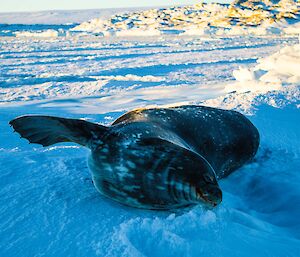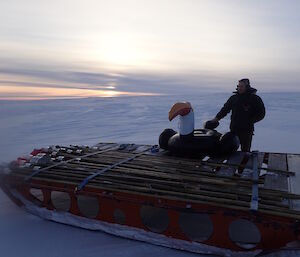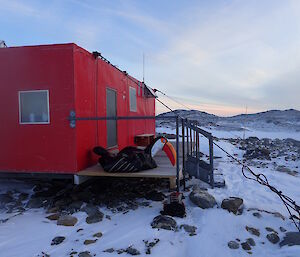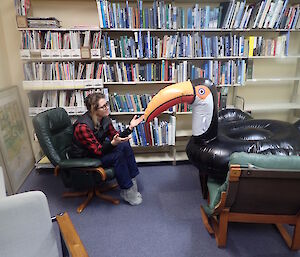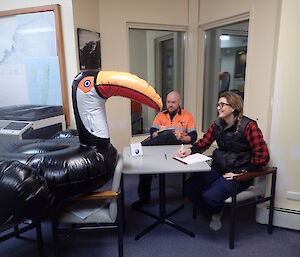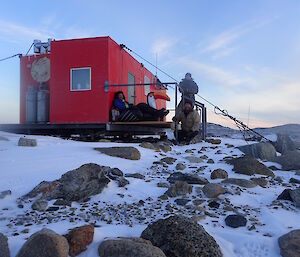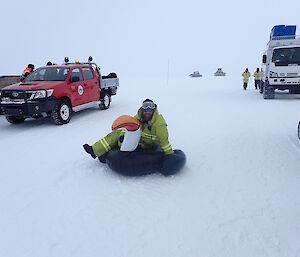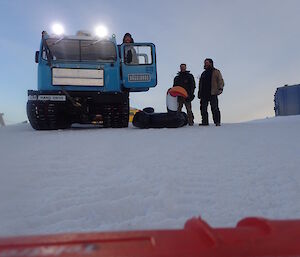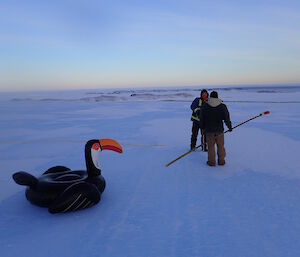Muscles’ guide to Casey pool
Week 2: Tactics
Well here we are at week two, the final installment of our pool saga. To anyone who is a repeat customer from last week welcome back, to anyone else, welcome and good luck.
This week we are going to go over some tactics and moves that have come to light in the last eight months. There are a couple that I myself am responsible for so I will cover them first.
One of the best strategies I have employed so far has come to be called the ‘classic Steve Middleton comeback’ which is where you play with all your heart throughout the game, however for the first three quarters of it play absolutely terribly and allow the opponent to bring you right to the brink of a blizz run (we will cover that later), then suddenly come good and play like an absolute demon for the remainder and come out of it with a win that nobody saw coming. There is another move known as ‘the classic Adam Roberts come back’ which is identical in every way except one, it’s done by Adam Roberts.
Then there is the ‘Steve Middleton’ which is a tricky break where you shoot from the center dot on the black line, but aim more or less for one of the middle pockets, causing the ball to slingshot around the back of the pack and break them up from behind, if you can get a good break with this technique you’re really doing well.
Another impressive move is the James Cairns ‘leap halfway across the table, hit what you're aiming for and sink it’ shot where you jump the white ball over the opponents ball(s) with extreme accuracy to get at your own, this shot is generally only used by James as he is one of the very few who can actually pull it off without spearing the cue through the table, and I’m sure it goes without saying, it is a shot that isn’t seen every day.
We also have the Rick Plowright ‘call an impossible shot that is obstructed by heaps of balls and usually is either a double or a triple, smack it, and it goes in’ shot, the name says it all. Rick has this thing where the opponent will give him the worst leave in history with the white ball and he will just walk up and point the cue to where something is going to end up and sure enough, one hard whack later, one of his balls goes down, it’s a sight to behold.
Finally there is the most commonly used tactic at Casey station, and one of the most deceptively dangerous if used against you, the ‘tactical white sink'. To any normal person this move appears to be a standard accidental sinking of the white ball, but no normal person plays as much pool as someone who lives in Antarctica, and when you play so much pool that you’ve come up with names that are taken seriously for each ball and every pocket, nothing is accidental.
Remember that ‘blizz run’ thing I mentioned?, well if you play a game of pool so badly down here that you actually lose without sinking a single one of your balls, you have to run a lap of the red shed (the red shed is the accommodation building and keep in mind it is roughly 70 metres long and 20 metres wide…and its super cold in Antarctica)… you really don’t want to get yourself in that position, so if you're going for a Steve Middleton comeback it can get pretty scary.
On top of all this there are allegedly grooves or ‘channels’ in the table that can guide the balls to random destinations and/or stop them earlier than a player expects, possibly the most infamous of all the channels is named after the pool playing legend of Casey station, Mick Clarke. Mick is responsible for organising this season’s summer pool comp, which pitted the stations best (and worst) pool players against each other in a fierce competition to see who was the best.
'The Mick Clarke channel’ got its name because it used to catch Mick out quite often and it was in fact he who realised its existence, sometimes he would hit a ball at a pocket and it wouldn’t quite reach its destination or it might spear off course and he would notify everyone around the table that it was a channel in the table redirecting the ball. We all learned from Micks finding and have rightly named the channel after him but still, every so often a player will let a shot get too close to the elusive channel and it is a mistake that can be very costly indeed. The channel of course would be mapped and become common knowledge but it is like the Bermuda Triangle, the thing honestly seems to move around the table, one shot it’s there, the next, its gone.
One last thing regarding pool at Casey which isn’t a tactic, or a name, but rather a very serious act that can easily be misconstrued as comedy that I am going to mention is Clint Chilcott’s commentating. When it starts it’s as if you are suddenly at a horse race as it’s fast, and constant. You wouldn’t think anyone could commentate pool in such a manner, but he does, I’ve seen it first hand. I can’t do it any justice by just writing about it, but I also can’t do an article on pool at Casey without giving it a mention.
That’s really all I can say about pool at Casey, it’s a great deal of fun and the pool table is my favorite spot in the main public area within the red shed. It’s a pretty long story to try and describe it, hence why this has spanned over two issues of station news.
I hope you have enjoyed the read.
Muscles

